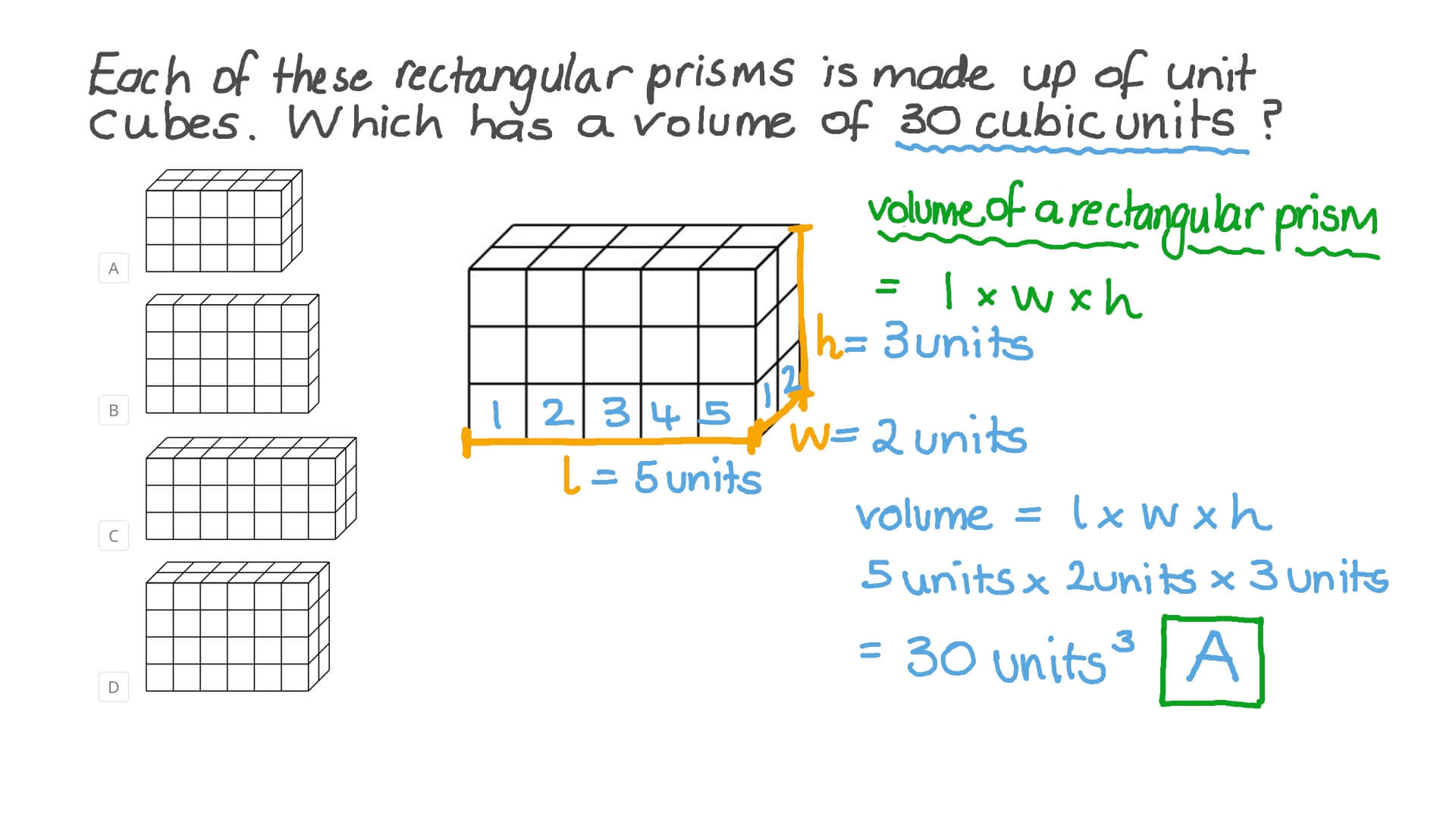
Consider a different aquarium shape despite the fancy look of such a tank. Spherical aquariums are usually small tanks, fish have to swim in circles, which is unnatural for them, and it's hard to put a filter into such a tank. Just remember that such tanks are not appropriate for keeping fish, and in some countries, they're even forbidden! Is your aquarium in a custom or bizarre shape? Check out our other tools, such as the triangular prism volume or spherical cap calculator, which can find water volume for spherical aquariums, also called fish bowls. Tan(β) = 0.5 × length / (full_width - width).įor the aquarium with a bow front intended to stand in the corner, the formula is:Ĭorner bowfront = (0.5r² × (α - sin(α)) × height)/2 Rectangular Prism Volume Height Length Width. You can calculate the angle α with α = 2π - 4β, where β is an angle expressed as: Whole Number Calculator Quartile Calculator Permutation. Where α is the central angle of the circular segment, in radians, and r is a radius of a circle. The volume of a rectangular prism length x width x height cubic units.
#Find volume of rectangular prism calculator full
You need to have given four dimensions: height, width, length, and the full width of the aquarium, and then you can derive the final formula:īowfront = height × width × length + 0.5 × r² × (α - sin(α)) × height, Answers will be the same whether in feet, ft. Units: Units are shown for convenience but do not affect calculations. Height is calculated from known volume or lateral surface area.

Surface area calculations include top, bottom, lateral sides and total surface area. It's handier to use radius instead of diameter in this last case: diameter = 2 × radius.Ĭalculating the volume of the bowfront aquarium is a bit trickier. This calculator finds the volume, surface area and height of a triangular prism. Quarter cylinder = π × radius² × height / 4 To determine the volume of the quarter of the cylinder, take a fourth part of the full volume: Half cylinder = π × (diameter / 2)² × height / 2 Your fish tank is a half-cylinder? No problem, just divide the formula above by 2: If you want to calculate the water volume of a cylindrical aquarium, use the formula for cylinder volume: Our cube calculator can help you calculate this volume easily. The cube-shaped aquarium has the easiest volume equation – simply raise the edge length to the third power: Our rectangular prism calculator will make this calculation simple. Units used for measuring the volumes of solid objects are as follows: cubic feet. Note: Units are provided for convenience purposes only and do not affect the calculations. To find the volume of a standard aquarium, calculate the volume of a rectangular prism (also called the volume of a box): The following formula is used to calculate the volume of a rectangular prism: Volume Width × Length × Height. Then use it to estimate the volume lost to one indentation and multiply it by their number to get the actual chocolate filled volume.If you want to calculate the aquarium size manually, you can use the different formulas for volume, depending on the tank shape. If you realize that if you change the radius by a certain factor, the Volume changes by the factor cubed. Multiply by 2 to get a new diameter of 8.14 meters. One way to approach this curious problem is to first use the volume of a prism calculator above to calculate the volume of the bar, including the indentations. Now to get the volume of the tank that is 2.5 times as large, multiply by 2.5 and get 90pi m3. Many camping tents are also such prisms, making use of the same beneficial properties.Ī triangular prism volume calculation may also be handy if you want to estimate the volume of a toblerone bar.

This type of roof has the best distribution of forces generated by the weight of the roofing and lateral forces (i.e. Practical applicationsĪ lot of classical roofs have the shape of a triangular prism, so calculating the volume of air below it might be useful if you are using the space as a living area. For example, if the height is 5 inches, the base 2 inches and the length 10 inches, what is the prism volume? To get the answer, multiply 5 x 2 x 10 and divide the result by 2, getting 10 x 10 / 2 = 100 / 2 = 50 cubic inches. Three measurements of a prism need to be known before the volume can be calculated using the equation above: the prism length, height, and base.


 0 kommentar(er)
0 kommentar(er)
